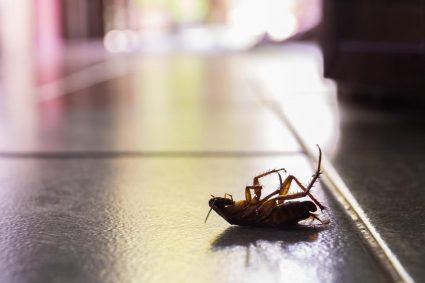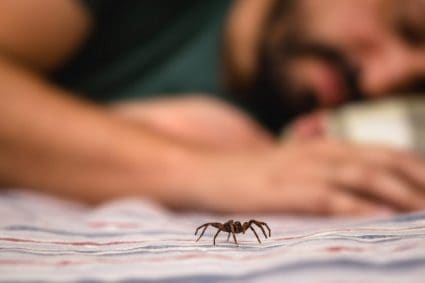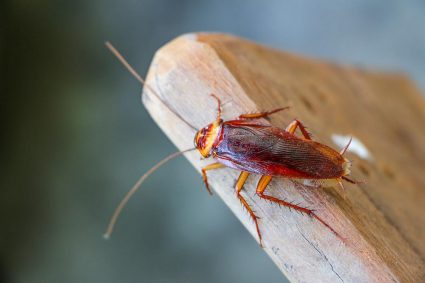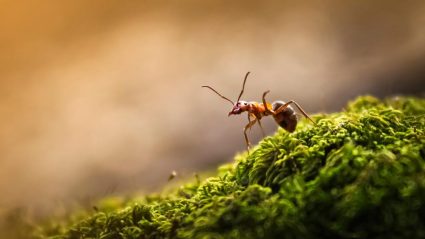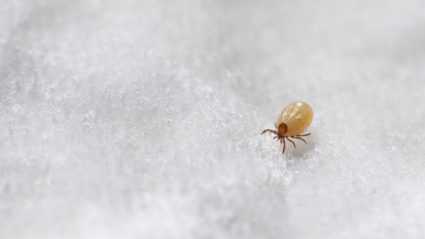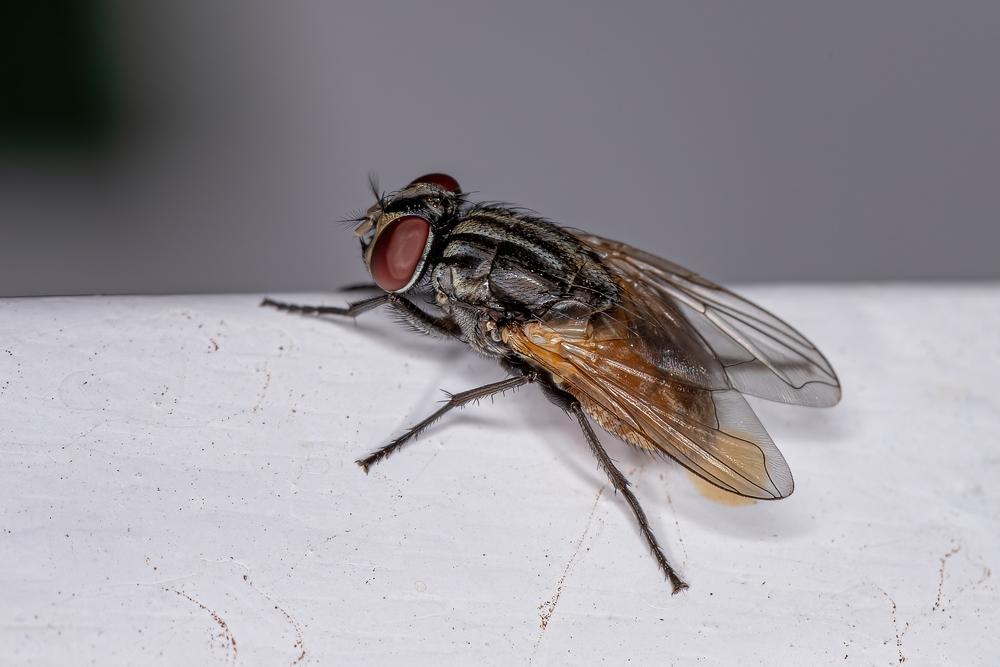
Flies can be a nuisance, especially during the warmer months. If you’re dealing with a fly infestation and want to get rid of them without using harmful chemicals, catching them in a jar is a simple and effective solution. This comprehensive guide will walk you through various methods of how to catch flies in a jar, precautions to take, and common mistakes to avoid.
To catch flies in a jar, fill a jar with apple cider vinegar and a few drops of dish soap. Cover the jar with plastic wrap, secure it with a rubber band, and poke small holes in the wrap. The vinegar attracts the flies, and the dish soap causes them to sink and drown. Place the jar in an area where you’ve noticed many flies. Remember to regularly replace the bait and clean the jar for continued effectiveness.
Materials You’ll Need
To catch flies in a jar, you’ll need the following materials:
- A jar, cup, or mug (preferably with a lid)
- Apple cider vinegar or an alternative attractant like old fruit, honey, or syrup
- Saran wrap or plastic wrap (if you don’t have a lid)
- A rubber band or canning ring to secure the plastic wrap
- A fork or knife to poke small holes in the plastic wrap
- Liquid dish soap (optional)
- Warm water
Catching Flies: Effective Methods
There are several effective methods to catch flies in a jar. Here are some of the most effective ones:
Vinegar and Dish Soap Trap
Fill a jar with 1/4 cup of apple cider vinegar and a few drops of liquid dish soap. Punch a few tiny holes in the lid with a hammer and nail, and leave the jar out to attract flies. The apple cider vinegar lures the flies with its fruity smell, and the dish soap breaks the surface tension of the vinegar, causing the flies to sink and drown.
Paper Cone and Mason Jar Trap
Roll a piece of parchment or plain paper into a cone and insert it into the top of a mason jar filled with bait, such as apple cider vinegar and a bit of dish soap. The cone amplifies the scent of the vinegar and makes it difficult for the flies to escape.
Plastic Wrap and Glass Jar Trap
Fill a glass jar with sugar water or a solution of sugar dissolved in apple cider vinegar with a squirt of dish soap. Cover the opening of the jar with plastic wrap and secure it with a rubber band. Poke a small hole in the center of the plastic wrap to allow flies to enter the jar, where they will become trapped.
Soda Bottle Trap
Cut off the top quarter of a plastic soda bottle and invert it, placing it back into the bottom part of the bottle. Fill the bottom part with bait, such as sugar water or apple cider vinegar mixed with dish soap. Flies can enter the bottle but will have difficulty escaping.
Raw Shrimp Bait Trap
Use raw shrimp as bait in a mason jar or soda bottle trap. This has been found to be a highly effective bait for catching flies outdoors.
Safety Precautions
When catching flies, it’s crucial to do so safely. Here are a few safety precautions to keep in mind:
- Use non-toxic methods: Opt for environmentally-friendly solutions like apple cider vinegar traps, dish soap traps, or sticky traps made with sugar and honey. Avoid using chemical insecticides, as they can be harmful to humans and pets.
- Be cautious with glass containers: If using a glass container for trapping flies, make sure it is sturdy and won’t break easily. A clear plastic cup is a safer alternative.
- Keep traps away from food and living areas: Place fly traps in high-traffic areas for flies, but keep them away from food preparation and dining areas to avoid contamination.
- Dispose of traps properly: Once the trap is full of flies, dispose of it carefully to avoid releasing the flies back into your home. You can either release them outside or kill them by immersing the trap in hot soapy water.
- Maintain cleanliness: Keep your home clean by washing and storing fruits in the fridge, following a house cleaning schedule, and checking rooms for any random dishes or food. This will help prevent fly infestations.
- Use protective gear when necessary: If you’re handling traps with dead flies or cleaning up after an infestation, wear gloves and a mask to protect yourself from potential pathogens.
Common Mistakes to Avoid
When trying to catch flies in a jar, there are several common mistakes to avoid:
- Using the wrong bait: The bait you use is crucial for attracting flies. Store-bought fly bait may not be effective in some cases. Instead, try using sugar water, apple cider vinegar with a squirt of dish soap, or even raw shrimp as bait.
- Inadequate trap design: The design of the trap should allow flies to enter but make it difficult for them to escape. A simple glass jar with plastic wrap secured over the opening and a small hole poked in the center can work. However, if the holes are too big, flies may be able to escape. Alternatively, you can use a mason jar with a paper cone inserted into the opening, ensuring the cone does not touch the bait.
- Poor trap placement: Place the trap in a sunny spot, outside, or in an area where you have seen many flies. If the trap is not placed in a suitable location, it may not attract as many flies as desired.
- Not changing the bait or cleaning the trap: Over time, the bait may lose its effectiveness, or the trap may become too full of flies. Regularly check the trap, change the bait, and clean it to maintain its effectiveness.
- Using a trap that is not visually appealing: If you plan to place the trap in a visible area, consider using a mason jar or a jar that matches your kitchen décor. This will make the trap less of an eyesore while still serving its purpose.
By following these steps, you can successfully catch flies in a jar, making your home a more comfortable and fly-free space. Remember, prevention is always better than cure, so keep your living areas clean and dispose of waste promptly to prevent attracting flies in the first place.
Frequently Asked Questions
How often should I change the bait in the fly trap?
You should change the bait in your fly trap every 2-3 days or as soon as you notice it’s no longer attracting flies.
Can I use white vinegar instead of apple cider vinegar?
Yes, you can use white vinegar, but apple cider vinegar is more effective as its sweet smell attracts flies better.
What should I do if the flies are not attracted to the trap?
If flies are not attracted to your trap, try changing the bait or moving the trap to a different location. Flies are attracted to sweet and rotting scents, so using sugar water, fruit, or raw meat as bait can be effective.
Can I catch other insects using these methods?
Yes, these methods can also be effective in catching other small insects such as fruit flies and gnats. However, the effectiveness may vary depending on the type of insect and bait used.
Can I reuse the jar after I’m done catching flies?
Yes, you can reuse the jar after it has been thoroughly cleaned. Be sure to wash it with hot soapy water to remove any remaining bait and dead flies.
Will these methods work for a large fly infestation?
While these methods can help reduce the number of flies in your home, they may not be sufficient for a large infestation. In such cases, it may be necessary to consult with a pest control professional.




